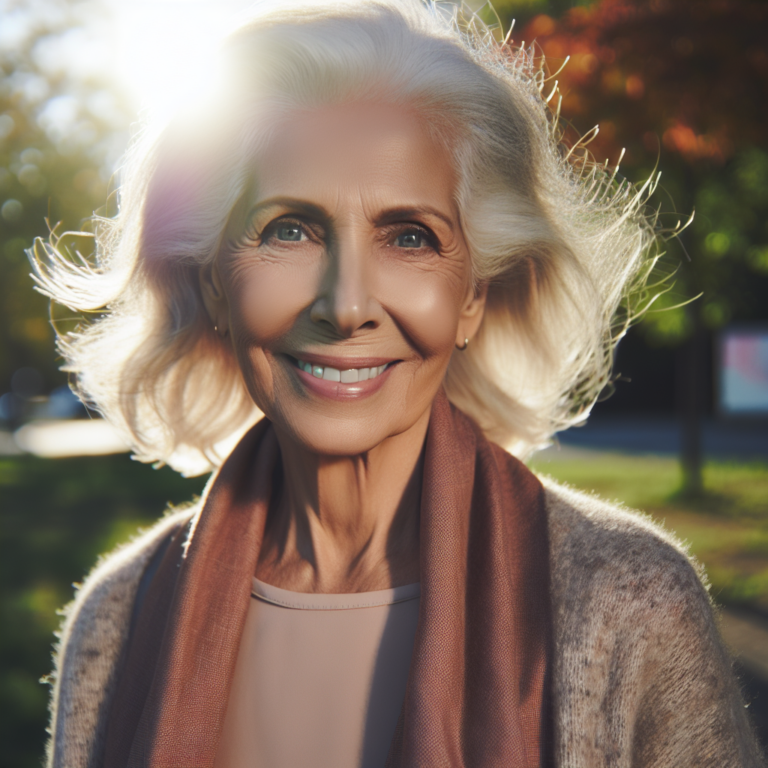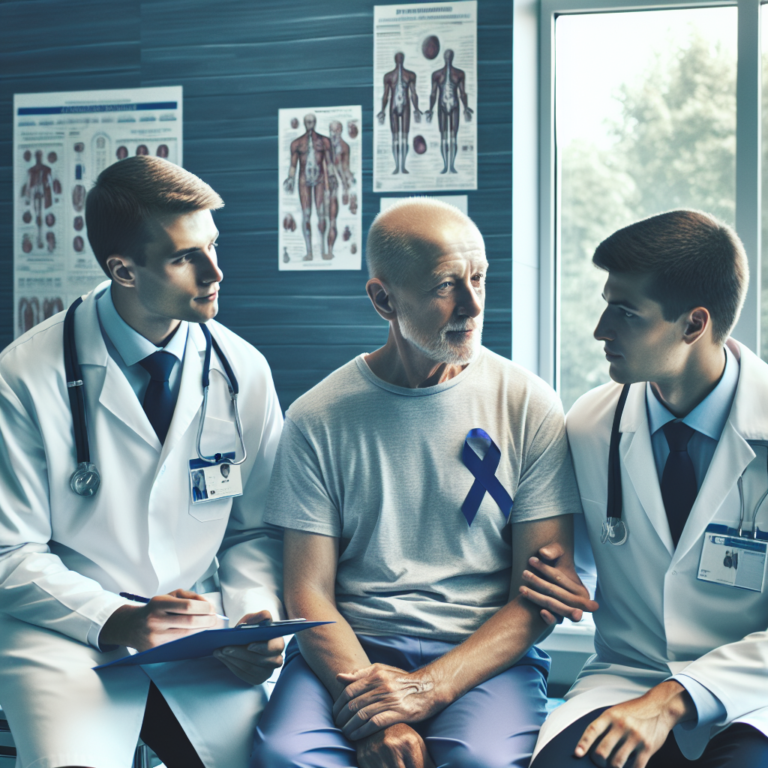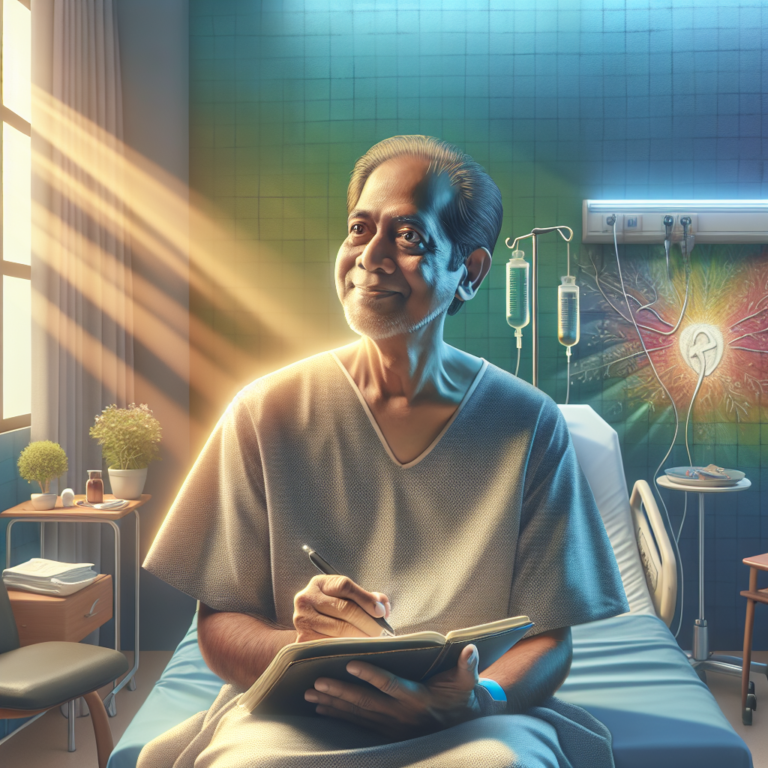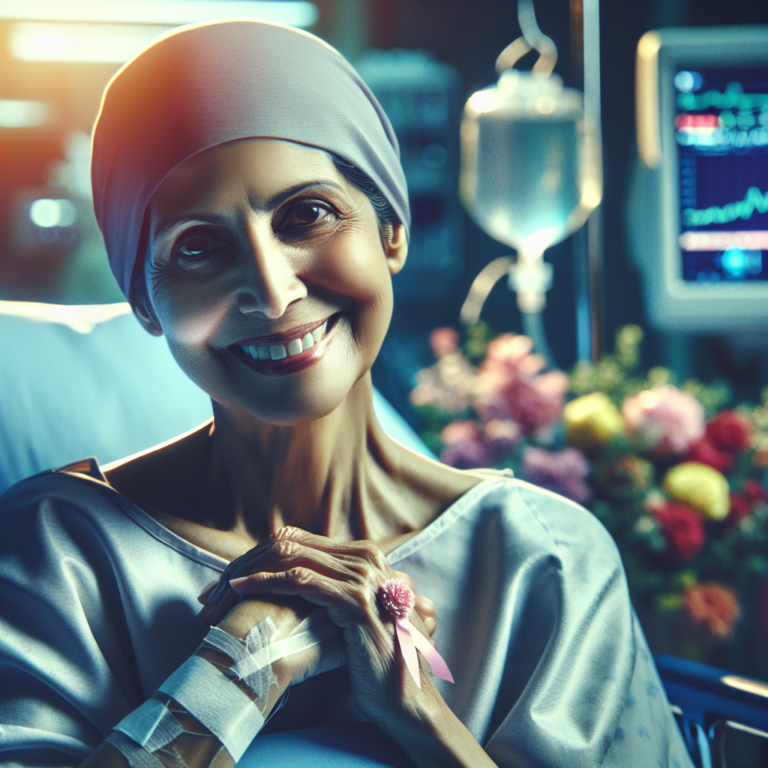Unlocking Better Health: How a Second Opinion Can Transform Your Treatment Plan
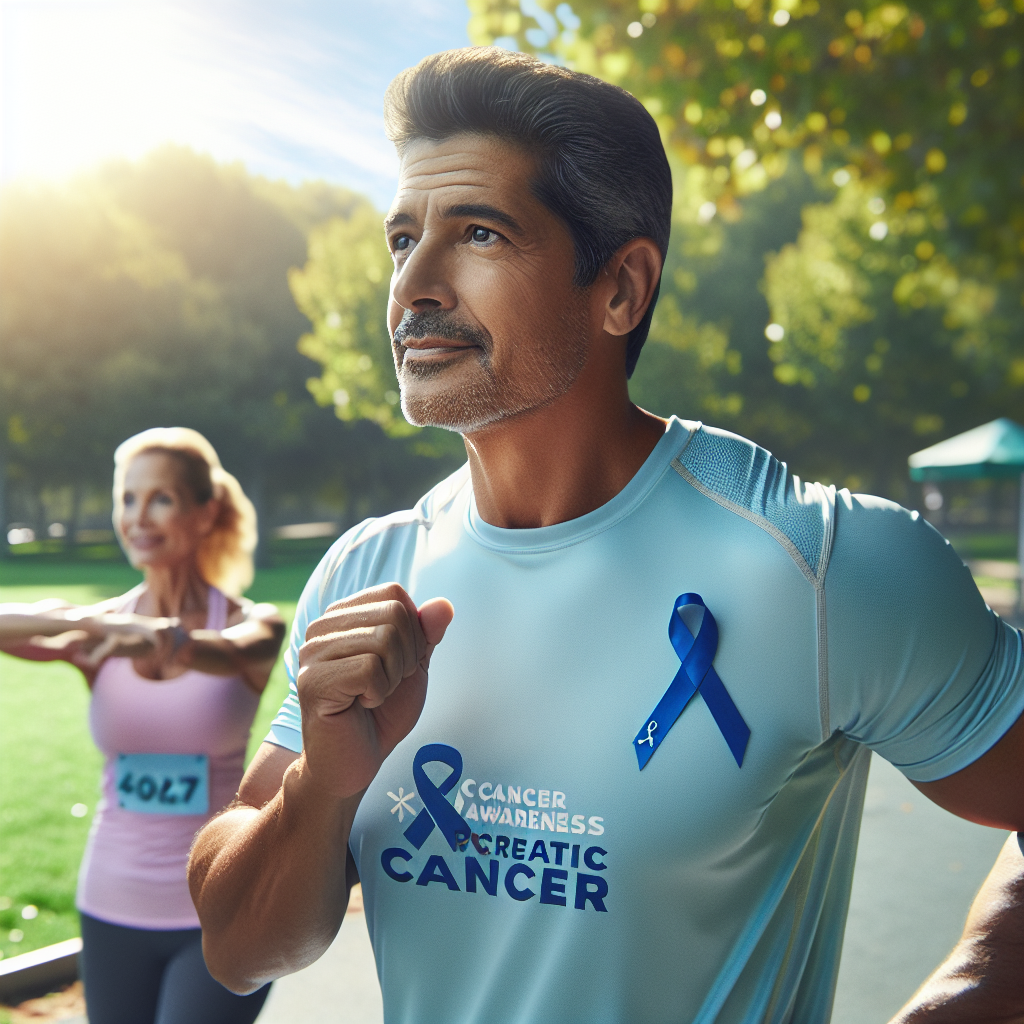
Navigating a Pancreatic Cancer Journey: Brad Kerr’s Inspiring Story
At 47, Brad Kerr was in great shape but wanted to shed a few pounds. He began working with a personal trainer, Carolyn McCoy, in early 2018. However, a series of alarming symptoms soon led him down a challenging path—culminating in a diagnosis of pancreatic cancer. His experiences underscore the importance of seeking second opinions and adapting treatment plans.
Symptoms and Diagnosis of Pancreatic Cancer
In April 2018, while exercising, Brad experienced what he thought was a pulled stomach muscle. However, a peculiar change in his stool color prompted him to consult his family doctor. After ruling out minor issues, more serious tests were ordered. By Sunday, Brad noticed yellowing of his skin and eyes, a classic sign of jaundice.
A visit to Dr. Afsar Waraich, a gastrointestinal specialist, revealed a high bilirubin count, signaling a blockage in his bile duct. After a series of scans, Brad was informed that he likely had a cyst in the head of his pancreas, which led to the bile duct obstruction. This revelation was the first indication that his condition was more serious than initially thought.
Creating a Comprehensive Treatment Plan
On May 2, 2018, Brad consulted with Dr. Katherine Morgan, a pancreatic surgeon at the Medical University of South Carolina (MUSC). They discussed the possibility of undergoing chemotherapy before surgery, but Brad’s tumor was deemed resectable, leading to a surgery date set for May 21. With a plan in place, the Kerr family felt a sense of relief.
The Power of a Second Opinion
Concerned about the treatment approach, April registered with PanCAN and discovered that the Mayo Clinic in Jacksonville, Florida, had a strong reputation for treating pancreatic cancer. After securing an appointment with Dr. John Stauffer, Brad and April drove four hours for a consultation.
Dr. Stauffer emphasized that the visible tumor isn’t necessarily the one that poses the biggest risk. He recommended a thorough approach, including chemotherapy, before making any surgical decisions. This led to a meeting with Dr. Pashtoon Kasi, who prescribed the chemotherapy regimen FOLFIRINOX, known for its effectiveness against pancreatic cancer.
Beginning Chemotherapy Treatment
Brad’s first chemotherapy session was challenging, requiring a five-hour IV infusion that left him with a painful bruise. To alleviate future discomfort, a port was installed for easier access during subsequent treatments. Genetic testing revealed that Brad’s family history played a role in his cancer risk, further guiding his treatment decisions.
As he began his chemotherapy journey, Brad remained committed to his physical fitness. With the guidance of his trainer, he engaged in exercises that helped him cope with the side effects of treatment, demonstrating the connection between physical activity and recovery.
Surgery: The Whipple Procedure
After six rounds of chemotherapy, Brad underwent a laparoscopic Whipple procedure on August 22, 2018. The surgery was a success, with Brad recovering well and continuing his exercise regimen post-operation. His commitment to fitness not only aided his recovery but also contributed to the effectiveness of the chemotherapy.
Recovery, Radiation, and Ongoing Care
In early 2019, Brad started 28 radiation treatments alongside a different chemotherapy drug. The importance of quality care during this phase became evident, as not all facilities provide the same level of support. Grateful for the hospitality of friends, Brad was able to stay comfortably during his treatment.
Embracing Life After Cancer
Today, Brad’s follow-up care includes regular scans every three to four months. While he enjoys a relatively normal lifestyle, he must navigate some dietary challenges and manage digestive issues post-surgery. His next appointment is slated for October, just before he and his wife participate in the PurpleStride 5K run in Jacksonville.
Brad’s journey illustrates not only the challenges of battling pancreatic cancer but also the importance of resilience, adaptability, and the power of community support. Whether through exercise or mental fortitude, he continues to inspire others facing similar battles.

